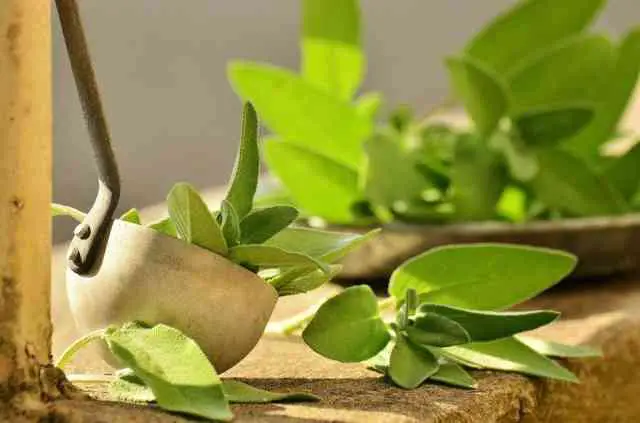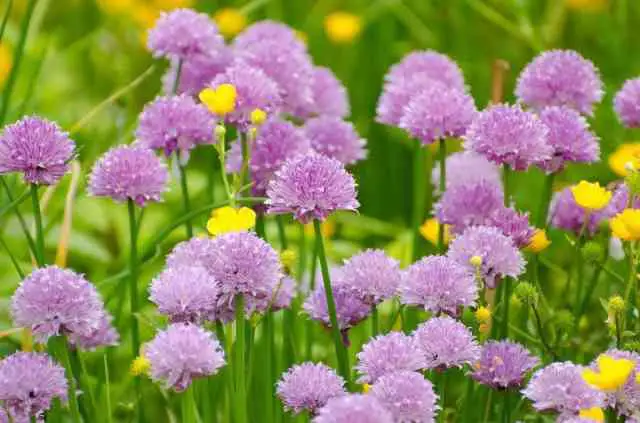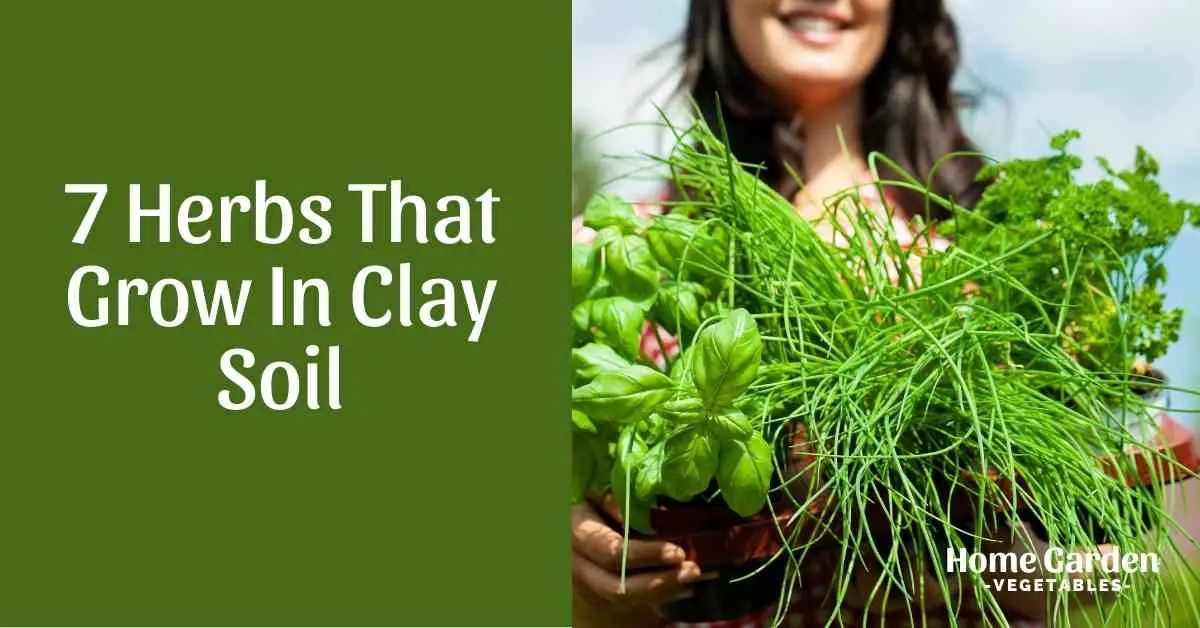While herbs grow well in poor soil, hard clay isn’t the best choice for most varieties. This is because though herbs will grow well even if the soil is deficient in ingredients, good drainage is important. Clay soil doesn’t drain well and retains water for a long time. Rosemary, in particular, dies easily with “wet feet.” Chamomile and thyme aren’t good choices for growing in clay soil either.
Nonetheless, there are still some herbs that grow in clay soil. Below is a list of 7 herbs that will do better than others if you have hard, clay soil in your garden:
Reader Poll: What online courses would interest you?
1. Mint
You can expect any variety of mint to do fine in clay soil. It’s a hardy perennial with vigorous growing habits. It quickly becomes invasive in most gardens unless grown in a container or regularly pruned to keep it from taking over the surrounding space.
It’s a flavorful and aromatic herb that has many uses in the kitchen. It goes well with practically anything – drinks, desserts, and savory dishes. Additionally, there are many different varieties to try. You can grow peppermint, spearmint, pineapple mint, apple mint, horsemint, ginger mint, and many more!
2. Sage

Sage is another vigorous grower that quickly overtakes your garden unless you prune it regularly. It’s a woody perennial from the mint family that produces strongly flavored and deeply aromatic leaves that you can snip and add fresh to many different recipes. Besides being added to sauces and turkey stuffing for Thanksgiving, sage also works great in chicken and fish dishes, butter, and salads.
Subscribe to our newsletter!
It’s one of the easiest herbs to grow in your edible garden and will do well in a number of conditions. Grow it in full sun and prune it at least twice in the growing season to keep it in shape. When harvesting the leaves, make sure you don’t cut back more than half of the plant, or growth may stop. I have always grown sage in clay soil and mulch yearly with compost to add nutrients.
3. Russian sage
Though it’s not the same species as the common sage discussed above, it’s a beautiful ornamental that thrives in hard, clay soil. Other than looking great in your garden, the plant also has many medicinal and culinary uses.
Unlike most other herbs, russian sage is only partly edible. You can only eat the flowers; the leaves of Russian sage are slightly toxic and should be avoided. The flowers are a vibrant blue or lilac color and have a peppery flavor. You can add freshly picked blooms to salads and cocktails. Tea made by flowers from Russian sage is known to ease digestive discomforts.
4. Dill
Also called dill weed, the fresh green feathery leaves have a sweet, earthy flavor and a subtle aroma to enliven your dishes. The seeds are even more aromatic and are used to flavor many dishes. From salmon and potatoes to sauces, dill has versatile usage in the kitchen, and lucky for you, it tolerates clay soil well enough.
Grow dill at a location that receives full sun and keep it well-watered, especially during hot, dry summers, to keep the foliage healthy and fresh. There are many different varieties to grow, including Bouquet, and Dokat, depending on the climate of your region. As soon as the plant has 4 to 5 leaves, you can start harvesting them as needed in the kitchen.
5. Parsley

With the green lacy leaves to garnish your favorite meals, parsley is a very useful herb and packed with several health benefits. It can grow in clay soil and will continue growing through the second season since it’s a biennial. Even so, the flavor depletes during the second season, and most gardeners prefer planting it again rather than allowing the previous season’s parsley to continue growing.
You can also allow some plants to self-seed and grow new plants for a consistent supply to your kitchen. Snip branches from the outside of the plant, leaving the inside to grow on. It tastes best when used fresh, but you can also store it in the fridge or freezer to use for longer.
6. Fennel
This hardy perennial is a favorite of herb gardens because of its pleasant-smelling feathery leaves and yellow flowers. Dried seeds from the plant are used as a spice for flavoring food and tastes and look much like anise. The seeds also have medicinal usage. The entire plant, complete with the bulb, stalks, leaves, and seeds, is edible and adds anise-like flavor and aroma to your dishes.
It’s a low-maintenance plant that demands minimum care during the season, even when growing in clay soil. Grow it in a sunny spot and keep it consistently watered during the first few weeks until the plants become established. The plants bloom during the second year and vigorously re-seed to grow new plants.
7. Chives

Chives are hardy perennials that can tolerate most types of garden soils. With an onion-like scent and mild onion flavor, it’s a popular culinary herb that works well with roasted vegetables, salads, omelets, and cheese.
Chives grow best in full sun and will ask for minimal care once the crop is established. Between late spring to early summers, they’ll give vibrant edible flowers that taste best when picked just after the buds open. Many gardeners remove the blooms without letting them develop fully. If the blooms are allowed to scatter seeds, chives can quickly spread beyond their territory and take over the space of other plants.
Conclusion
Though clay soil isn’t the preferred choice of gardeners, there are still some plants that won’t give you a lot of trouble growing in it. Depending on the kind of dishes you cook in the kitchen and your family’s taste preferences, pick a herb from the list above and start from there. If you have enjoyed this post check out my other article on vegetables and fruits that grow in clay soil.

